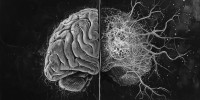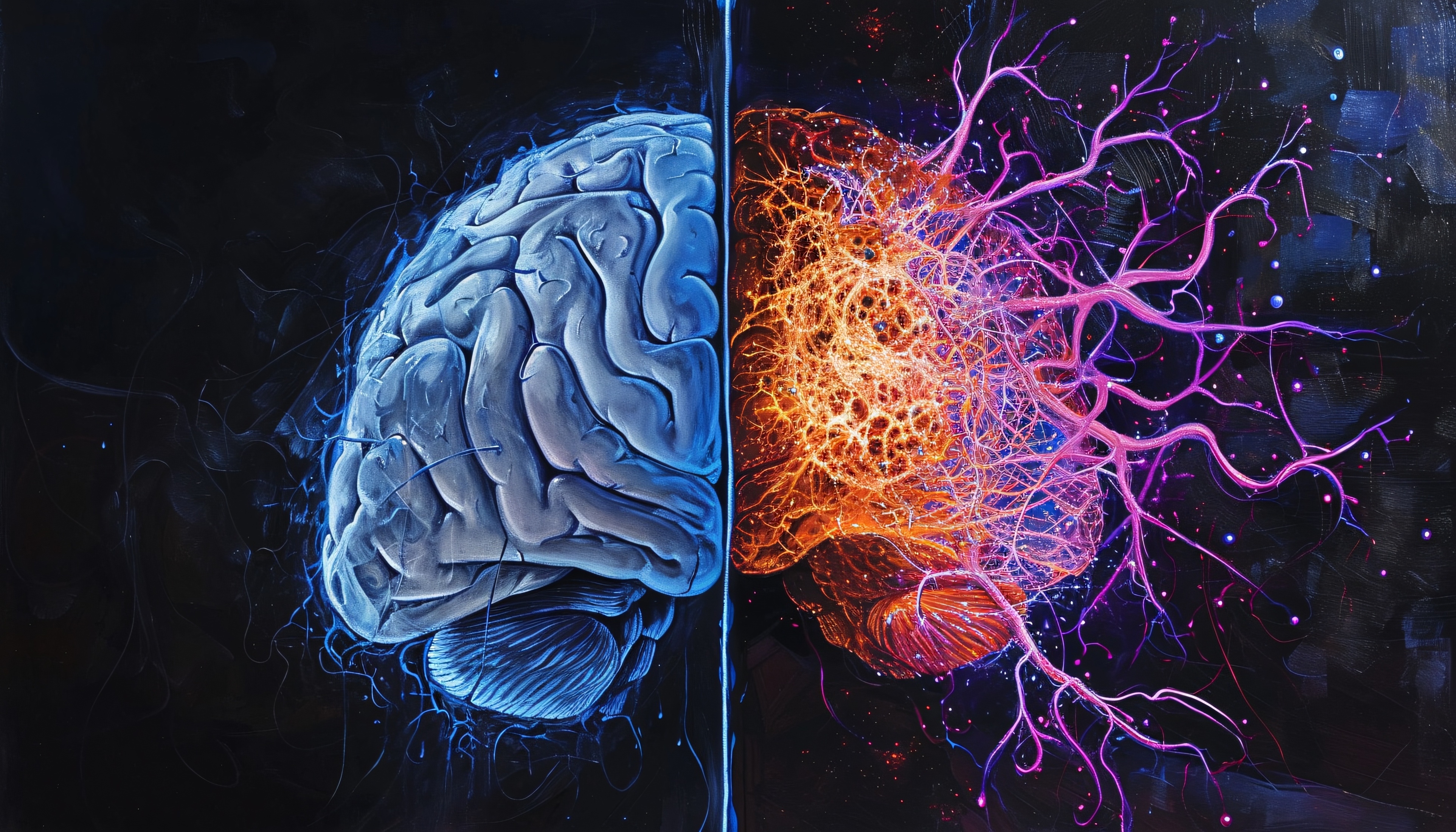
Microglia's Vital Role in Protecting the Aging Brain
Discover the crucial role of microglia in safeguarding brain health as we age — and learn something new every day! New research using a microglia-deficient mouse model reveals how these brain-resident macrophages combat neurodegenerative changes and offers insights into potential therapeutic strategies.
The Role of Microglia in Brain Aging: New Insights
Recent research has shed light on the vital role of microglia, the brain's resident macrophages, in maintaining brain health across the lifespan. A study using the Csf1rΔFIRE/ΔFIRE mouse model, which lacks microglia, reveals significant findings about the consequences of microglial deficiencies on brain aging and pathology.
At a Glance
Microglia absence: Leads to progressive brain calcifications and macroglial reactivity.
scRNA-seq analysis: Reveals brain cell profiles across the lifespan without microglia.
Thalamus sensitivity: Particularly vulnerable to aging-related changes without microglia.
Microglia transplantation: Protects against the development of pathologies.

New Study
Microglia are essential for central nervous system (CNS) development, maturation, and preservation. This study investigates the long-term impact of permanent microglial deficiencies on brain health using the Csf1rΔFIRE/ΔFIRE mouse model, which lacks the fms-intronic regulatory enhancer (FIRE) necessary for microglial survival.
Juvenile Brain: Minimal Impact of Microglial Absence
Contrary to expectations, juvenile Csf1rΔFIRE/ΔFIRE mice showed that microglia are not crucial for the transcriptomic maturation of other brain cells. Single-cell RNA sequencing (scRNA-seq) of juvenile brains revealed that non-microglial cells, including oligodendrocytes and astrocytes, reached their mature transcriptomic states without microglia. This suggests that microglia are dispensable for the early developmental stages of other brain cell types.
Aging Brain: Progressive Pathology in the Absence of Microglia
As Csf1rΔFIRE/ΔFIRE mice aged, significant pathologies emerged. The study observed severe brain calcifications, macroglial dysregulation, and white matter integrity decline, which are reminiscent of human CSF1R-related leukoencephalopathy. The thalamus was particularly affected, exhibiting atrophy, neuron loss, vascular alterations, and severe tissue calcification.
One notable finding was the progressive dysregulation of astrocytes and oligodendrocytes with aging. Reactive astrocytes and disease-associated oligodendrocytes were abundant in older Csf1rΔFIRE/ΔFIRE brains, particularly in the thalamus and white matter tracts. The absence of microglia led to a cascade of detrimental changes, highlighting their protective role in the aging brain.
Transplanting Microglia: A Potential Therapeutic Approach
The study demonstrated that transplanting wild-type microglia into Csf1rΔFIRE/ΔFIRE mice could prevent many of the observed pathologies. Microglia transplantation reduced thalamic calcification, astrocyte reactivity, and neuronal loss.
This finding underscores the therapeutic potential of microglial replacement in treating neurodegenerative conditions.
Conclusion
This research underscores the critical role of microglia in maintaining brain health with aging. While microglia are not essential for the early maturation of other brain cells, their absence leads to severe age-related pathologies. As the study concludes:
 Microglia provide resilience against detrimental brain changes with aging.
Microglia provide resilience against detrimental brain changes with aging.
This is emphasizing their importance in preventing neurodegenerative diseases.
Understanding the diverse roles of microglia opens new avenues for therapeutic interventions aimed at mitigating age-related brain pathologies. This study highlights the importance of maintaining a healthy microglial population for long-term brain health.
Read more
Slight Tweak in the Genetics of Aging Cells (aimed analytics, 2022)
Decoding the Secrets of Female Reproductive Aging (aimed analytics, 2024)